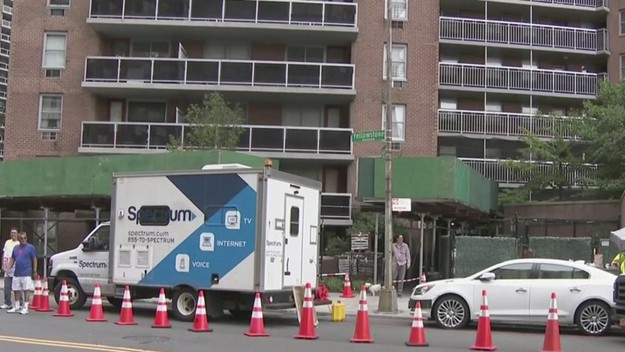
A second fiber cut in two weeks left 30,000 Queens residents with no cable service for hours. (Image: CBS New York)
A second major cable outage in two weeks left 30,000 Queens customers of Charter Communications without phone, TV and internet service Tuesday, after vandals severed the company’s fiber optic cables.
A Long Island man was arrested Wednesday night at his Long Island home for allegedly causing the first outage, which wiped out service in the same area for almost 16 hours on June 26.
The NYPD issued a press release stating Michael Tolve (48) of Wantagh, N.Y. was charged with criminal mischief and is alleged to have cut fiber cables and removed a digital memory card from a nearby surveillance camera to avoid being detected. He was later identified from other surveillance camera footage.
Charter Communications claims Tolve is a member of the International Brotherhood of Electrical Workers Local Union 3, one of the unions that has been involved in a strike against Charter for several months. He worked as a fiber technician for both Charter Communications and its predecessor Time Warner Cable for 14 years. The cable company puts the damage estimate for the first cable cut in June at $67,000. Charter claims it has experienced 106 malicious cable cuts in its New York-area network since unionized cable technicians went on strike on March 28. The company has filed police reports on all of them.
“It’s disappointing that one of our employees would unlawfully sabotage the infrastructure we all work so hard to maintain and inconvenience our customers in this way,” Charter spokesman John Bonomo said in an email. “We intend to support the prosecution of these crimes to the fullest extent of the law, as they put our customers’ well-being in jeopardy, cause local businesses to suffer, and are a general inconvenience for all.”
Both fiber cuts strategically affected the largest possible number of customers with the least amount of effort. Charter officials said they detected the fiber cuts and dispatched repair crews immediately, but restoring service was “a gradual process” that took several hours.
Update (7/17): The Queens district attorney’s office has declined to press charges against Tolve, and all charges against him have been dropped pending an additional investigation.


 Subscribe
Subscribe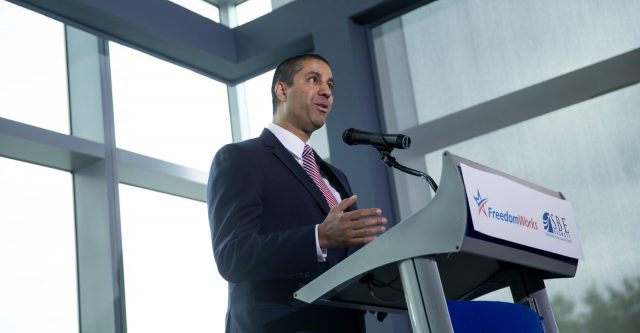
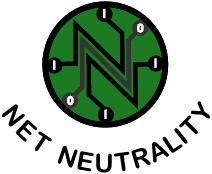
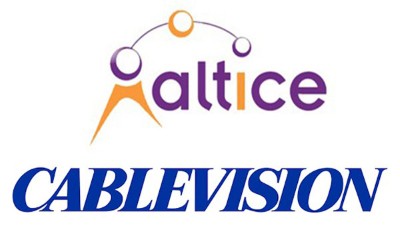 Altice USA today
Altice USA today 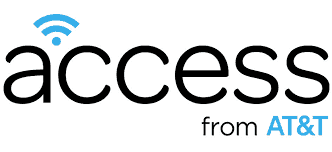 AT&T is adding insult to injury by telling tens of thousands of eligible urban households they do not qualify for the company’s new low-cost internet access program because the company cannot deliver at least 3Mbps DSL in their service-neglected neighborhood.
AT&T is adding insult to injury by telling tens of thousands of eligible urban households they do not qualify for the company’s new low-cost internet access program because the company cannot deliver at least 3Mbps DSL in their service-neglected neighborhood.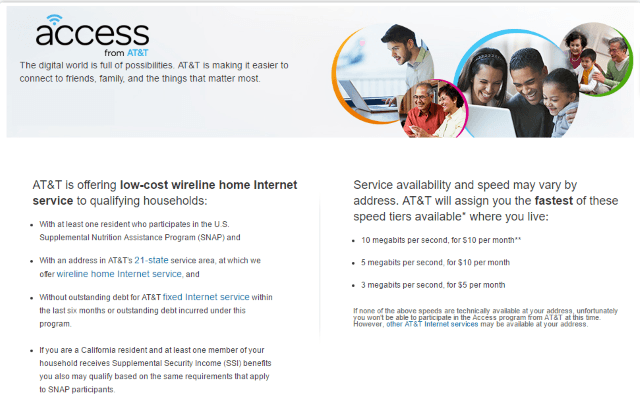
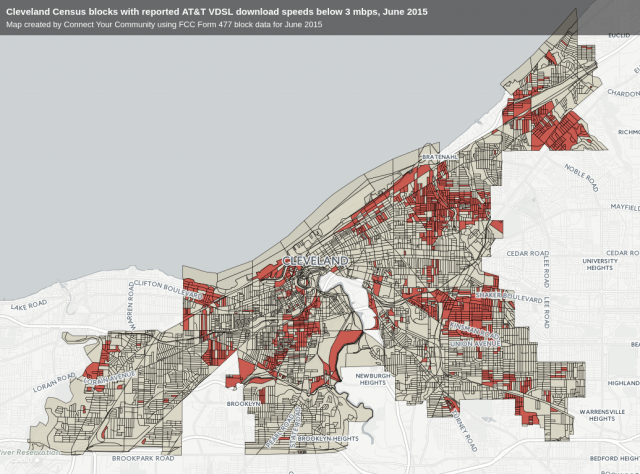
 WOW! Internet, Cable & Phone will unveil gigabit speed broadband across five U.S. cities by the end of this year.
WOW! Internet, Cable & Phone will unveil gigabit speed broadband across five U.S. cities by the end of this year.